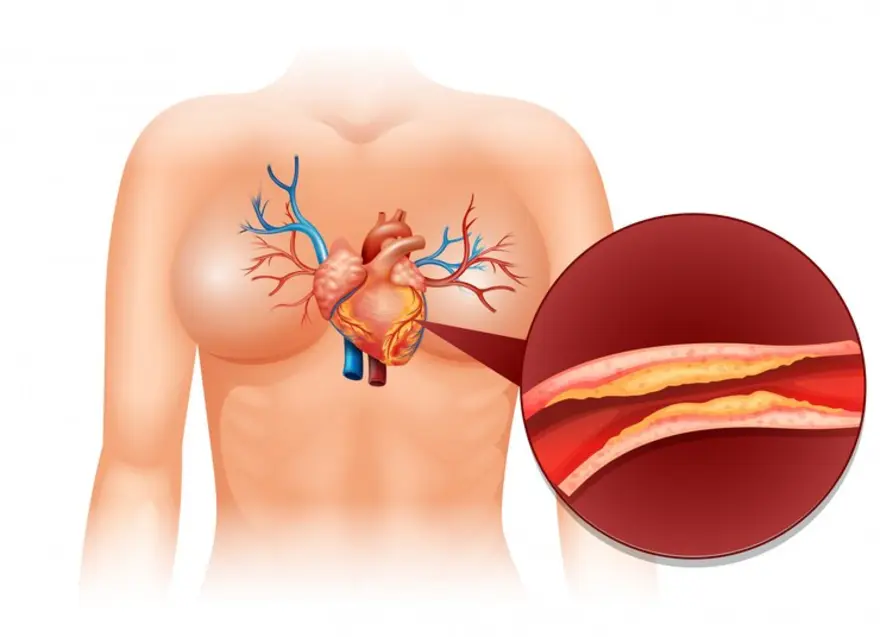Acute Leukaemia treatment
Acute Leukaemia Lymphoma - Symptoms, Causes, Risk Factors and Treatment
Acute leukaemia is a severe disease that progresses rapidly. Its symptoms show within weeks after the formation of leukaemia cells, because of which, patients need immediate treatment. Acute lymphocytic leukaemia is most common in children, but adults may also develop the condition. What is Acute Leukaemia Lymphoma? Acute leukaemia lymphoma is a cancer that affects bone marrow and blood. It starts in the immune system's infection-fighting lymphocytes. Due to this disease, lymphocytes develop uncontrollably. They spread to the spleen, brain, spinal cord, lymph nodes, liver, and testicles (in males). Acute Leukaemia Symptoms Acute leukaemia symptoms are as follows: Fever Infections that occur frequently Gum disease causing bleeding Aches and pain in the bones Severe nosebleeds Lymph node lumps in the neck, abdomen, armpits, or groin Shortness of breath Weakness, fatigue, or energy loss Acute Leukaemia Causes The DNA of a cell contains instructions that the cell must follow. It instructs the cell to grow and die at a certain rate. Acute lymphocytic leukaemia develops when a bone marrow cell's genetic material (DNA) develops mutations and drastically speeds up cell production. The bone marrow produces immature cells that grow into leukemic lymphoblast. These abnormal cells cannot function properly and affect healthy cells. When should you see a doctor? Symptoms of acute lymphocytic leukaemia are similar to those of flu. Flu symptoms, however, gradually go away. If your symptoms do not go away as soon as you expect them to, book an appointment with your doctor immediately. Risk factors of Acute Lymphocytic Leukaemia? Risk factors for acute lymphocytic leukaemia are as follows: 1. Radiation Exposure There is an increased risk of acute lymphocytic leukaemia among those exposed to high radiation levels, such as nuclear reactor accident survivors. 2. Genetic Disorders Acute lymphocytic leukaemia is more common in people with Down syndrome and other genetic disorders. 3. Previous Treatments for Cancer Children and adults who have undergone certain forms of chemotherapy and radiation treatment for other types of cancer are more prone to develop acute lymphocytic leukaemia. How do Doctors Diagnose Acute Leukaemia? 1. Bone Marrow Test In this test, doctors take a sample of bone marrow from the breastbone or hipbone using a needle. The lab runs tests to identify leukaemia cells. Based on their size, shape, and other genetic or molecular features, medical professionals in the lab categorise blood cells into different categories. Additionally, they analyse the cancer cells for changes and determine if the leukaemia cells came from B or T lymphocytes. Doctors then use this information to create a treatment plan. 2. Imaging Tests If cancer has progressed to the brain and spinal cord or other organs, imaging tests like X-ray, CT scan, or ultrasound scan can help in the diagnosis. 3. Spinal Fluid Test Doctors collect spinal fluid around the brain and spinal cord in a lumbar puncture test or spinal tap. They examine the sample to determine whether cancer cells have spread to the spinal fluid. 4. Blood Tests Blood tests may show excessive or insufficient white blood cells, insufficient red blood cells, insufficient platelets, or immature bone marrow blast cells. Doctors use this information to determine your prognosis and treatment options. What are the Treatment Options for Acute Leukaemia? The treatment options for acute leukaemia are described below. 1. Targeted Therapy Targeting certain proteins, genes, or other elements that support cancer growth is part of the relatively new approach known as targeted therapy. Blocking these factors may slow or stop the spread of cancer. Although the treatment should have fewer side effects than chemotherapy since it targets a particular disease, adverse effects may still develop. 2. Radiation Therapy Doctors use X-rays in radiation treatment to kill cancer cells. If the disease has spread to the nervous system, a doctor may recommend radiation therapy. 3. Bone Marrow Transplant Doctors perform a bone marrow transplant as consolidation therapy or to treat relapse. This procedure replaces the leukaemic bone marrow of a patient with healthy bone marrow from a healthy donor. Doctors use high doses of chemotherapy or radiation before a bone marrow transplant to kill any leukaemia-causing bone marrow. It is then necessary to replace the patient's bone marrow with the donor’s bone marrow. 4. Engineering Immune Cells to Fight Leukaemia Chimeric antigen receptor (CAR)-T cell therapy is a specialised therapy that includes extracting T cells from the immune system, modifying them to fight cancer, and then injecting them back into the body. CAR-T cell therapy may be an option for teenagers and children. Doctors may use it for consolidation therapy or treating relapse. 5. Chemotherapy Chemotherapy is a common therapy for children and adults. Doctors use chemotherapy for consolidation and maintenance. How can you Prevent Acute Lymphocytic Leukaemia? Avoid exposure to radiation, toxins like pesticides or benzene, and any form of smoking or tobacco use. Additional lifestyle changes, including maintaining an active lifestyle and consuming nutritious food, may help lower the chance of getting acute lymphocytic leukaemia. Conclusion Acute lymphocytic leukaemia is a kind of leukaemia that is a blood and bone marrow malignancy. Although it is a common type of cancer in children, its 5-year survival rate is close to 90%. Adults are more likely to experience the life-threatening effects of acute lymphocytic leukaemia than children. Radiation therapy, targeted therapy, and chemotherapy are available as treatment options. Patients of acute lymphocytic leukaemia need continuous follow-ups to ensure their condition is stable. It is recommended to get an acute leukaemia panel and bone marrow test to detect acute leukaemia early.
 Home Visit
Home Visit Upload
Upload















 WhatsApp
WhatsApp